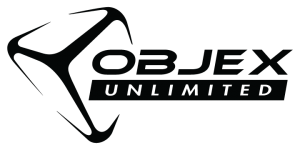Artec 3D launches Artec Studio 17, offering full inspection and reverse engineering workflows, as well as groundbreaking CGI features and UX updates

Santa Clara, California, June 9, 2022: Artec 3D, a world-renowned developer and manufacturer of professional 3D scanners and software, today announces the release of Artec Studio 17 (AS17), the newest iteration of its award-winning 3D scanning software. AS17 represents a significant leap forward for the product, boasting a host of innovative new features and updates that promise enhanced functionality for quality inspection, reverse engineering and full-color CGI workflows as well as improvements in speed and ease of use across the board. The new offering was designed with the user at its core, with upgrades strongly driven by customer feedback, and all subscribers now getting automatic full access to the latest version, while a 30-day trial is available free of cost.
“Our customers spoke, and we listened. User insights played a central role in the development of Artec Studio 17, and we’re confident this product will excite everyone who works with high-accuracy 3D data,” said Artyom Yukhin, President and CEO of Artec 3D. “We’re proud of our industry-leading software solutions but also very grateful to our strong customer base. That’s why we invest a lot of resources into evolving, improving, and delivering ever better products for them. We believe AS17 will raise the bar again, and we can’t wait to see how our users respond and what they create.”
Advanced quality inspection: metrological accuracy with new scan-to-CAD tools and manual control over targets

Users can enjoy unprecedented accuracy and streamlined quality inspection processes with the latest stack of scan-to-CAD features and tools right in Artec Studio. Datum alignment enables metrology professionals to align meshes and CAD models using key geometric features in just a few clicks, ensuring there are no slight variances from misalignment. And for scanning workflows using reference objects for data registration, users now have enhanced manual control in Artec Studio. Users can individually select objects such as spheres or checkerboard targets, take measurements between any of these objects, or exclude any from registration if required. Additionally, users can now import multiple reference target clouds into the workspace and choose which ones to use for tracking.
Reverse engineering revolution: one-click auto scan-to-CAD conversions and Boolean operations
Artec Studio 17’s new features allow engineers to scan an object and completely reverse engineer it all in one software, streamlining design and manufacturing workflows. The innovative Auto Surface tool enables one-click conversion of complex organic shapes into solid CAD models, while with the addition of Boolean operations, users can modify models with CAD entities and meshes using the Union, Subtract, and Intersect tools to create products such as customized molds and packaging.
A number of further updates on the previous version deliver increased efficiencies:
- Independent CAD shapes – easy creation, resizing, and repositioning of primitive solid shapes in any part of your mesh.
- Constraints 2.0 – save, edit, and refit conditions and relations specified for each primitive anytime and base new constraints on the ones you imposed in previous sessions.
- Mesh splitting – quickly and precisely break your mesh into manageable chunks using a pre-fitted plane, for further 3D printing.
- Improved Segment Brush – easily change the size of the selected region dynamically with the Segmentation sensitivity slider.
Picture to geometry perfection: smooth the photo-texturing workflow with photo viewing mode and algorithm-driven segmentation

Artec Studio’s brand-new photo viewing mode for applying high-resolution photos to high-accuracy scans will refine the process for creating texture-perfect, professional 3D models for CGI. Users can now easily preview photos and see how they fit to the geometry of the model and remove any images with defects, overexposure, and poor lighting. And now with the introduction of the new photo-texturing algorithm, images are automatically sorted and separated into groups: by size, camera type, or focal distance, allowing for simple individual registration.
Next-gen UI and UX: faster, smarter, more efficient scanning and processing
A broad range of user-driven UI and UX improvements promise transformed 3D workflows, including:
- Faster data – algorithm update delivers 1.5x faster HD data for the Leo scanner, so users can focus on the tasks that matter.
- Faster reconstruction – new GPU optimizer automatically fine-tunes the user’s HD Mode settings to accelerate reconstruction of HD data from the Leo or Eva.
- Fusion update – processing workflow is now 10% faster and 30% less memory-intensive.




Leave a Reply
Want to join the discussion?Feel free to contribute!